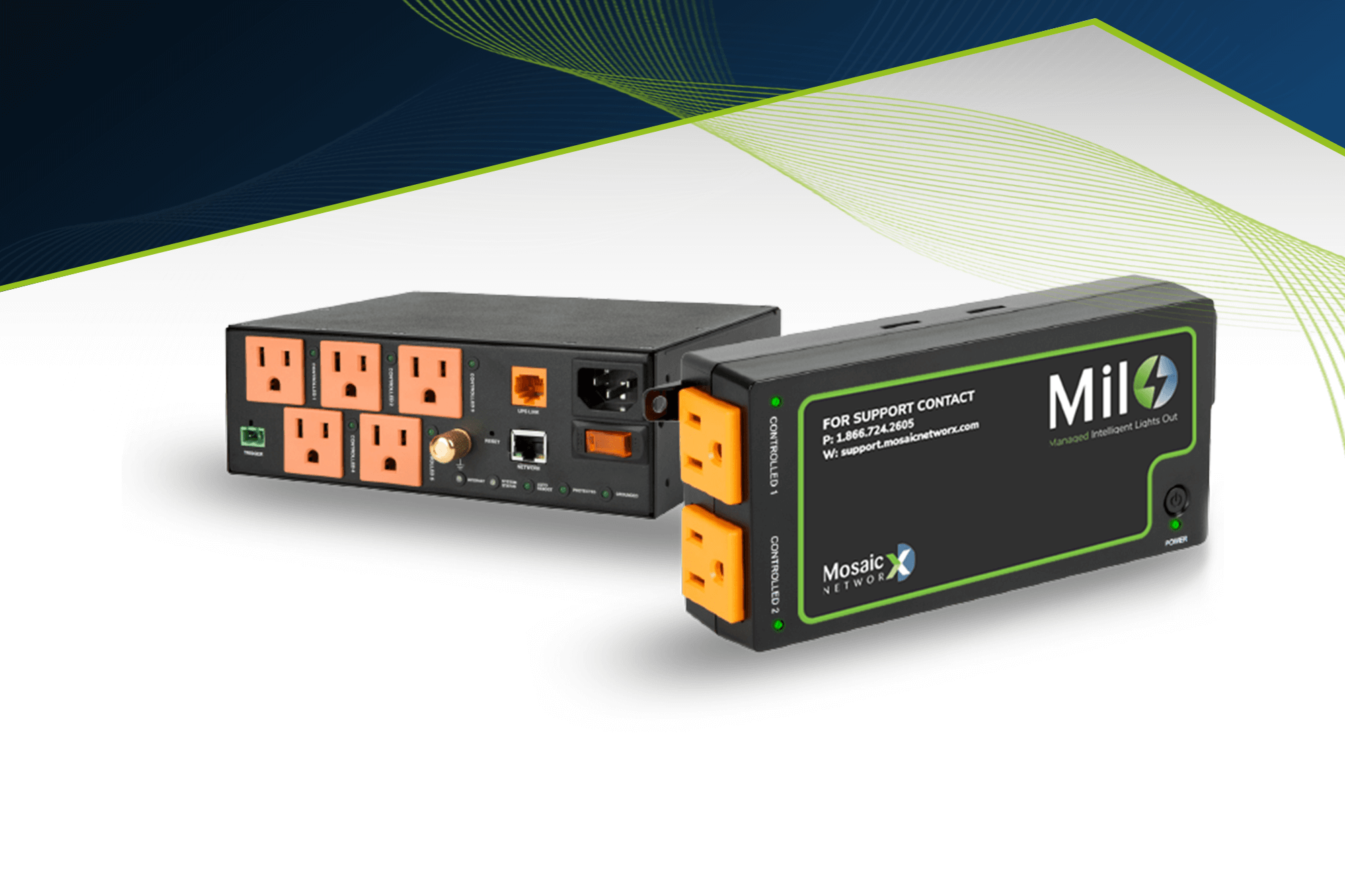
SD-WAN is the WAN solution long anticipated for to liberating enterprises from the complexity associated with traditional network hardware. Network and security services no longer require pre-configuration for every device, within branch locations. Instead, devices inherit policies and configurations based on their assigned role within the network.
Traditional WAN Link Challenges
On-premise manual QoS and bandwidth configurations on traditional network hardware is complex and expensive, and ultimately, incapable of automatically adapting to dynamically changing network conditions. Any time a new service is enabled at a branch site, manual installation of new appliances is required, creating an even more complex stack of proprietary hardware appliances in the branches, each requiring IT management and support.
Traditional networks are not well suited for today’s digital distributed technologies. The cloud, IoT, mobile users, and unified communications, require adaptable WAN solutions that eliminate manual routing protocol tuning, while managing these diverse traffic loads. Traditional networks are rendered ineffective, when it comes to using available resources from diverse links (e.g. broadband, LTE, DIA, etc.), and from multiple carriers. And because of their complexity and difficulty to dynamically scale, traditional networks, like MPLS, are typically deployed in an active/standby mode with a hard failover, using a routing protocol that can take several seconds to converge – creating an unsatisfactory user experience.
Many industries require short lead times, such as retail stores, mobile healthcare facilities, conference and other industry events, construction sites and pop-up shops. Adding new private circuits involves lengthy provisioning times, and circuits are expensive, while lacking capabilities to support the bandwidth requirements of many new applications.
Because of security concerns with the Internet, SaaS and cloud-hosted applications are still backhauled over private networks and through the centralized corporate data center. Not only is this expensive, it adds unnecessary congestion, and therefore, performance degradation, to bandwidth-limited private circuits.
Traditional WAN solutions establish point-to-point circuits that bond remote users to a single corporate office. While the circuits are secure and reliable, the enterprise lacks flexibility, and becomes locked into a single carrier relationship.
Digital Transformation Changes the WAN Game
SD-WAN improves network performance and enables IT to provision remote sites faster, dynamically adjust bandwidth and services on-demand, without complex configuration changes, and easily address dynamic business needs, without extensive network redesign and capacity planning.
Hardware-based network and security services can be difficult to eliminate from branch offices without compromising reliability, performance and security. However, SD-WAN introduces a virtualized environment, that use service chained Network Function Virtualization (NFV), to virtualize the entire stack of branch network and security appliances. This creates a virtual network edge topology that efficiently chains together multiple services, previously delivered as separate hardware appliances, to simplify operations, improve performance, lower costs and significantly reduce branch IT footprints.
SaaS applications, like UCaaS, require a resilient WAN with dynamic path forwarding. SD-WAN accomplishes this using a dual-ended service, with an SD-WAN device in the branch office and also hosted in the cloud, positioned within, or near, the SaaS application, using per-packet application steering to deliver optimal performance.
SD-WAN addresses these issues by enabling a transport independent architecture, with connectivity that is secure and reliable across private-only, hybrid, and Internet-only networks, for optimized access to on-premise and cloud/SaaS applications. Because SD-WAN encapsulates traffic within secure PKI tunnels, enterprises no longer need to backhaul cloud-destined traffic running over the Internet.
Improve your network performance, and reduce single-function device sprawl, by implementing a software-defined WAN solution. Contact Mosaic NetworX to find a solution that works best for you.






